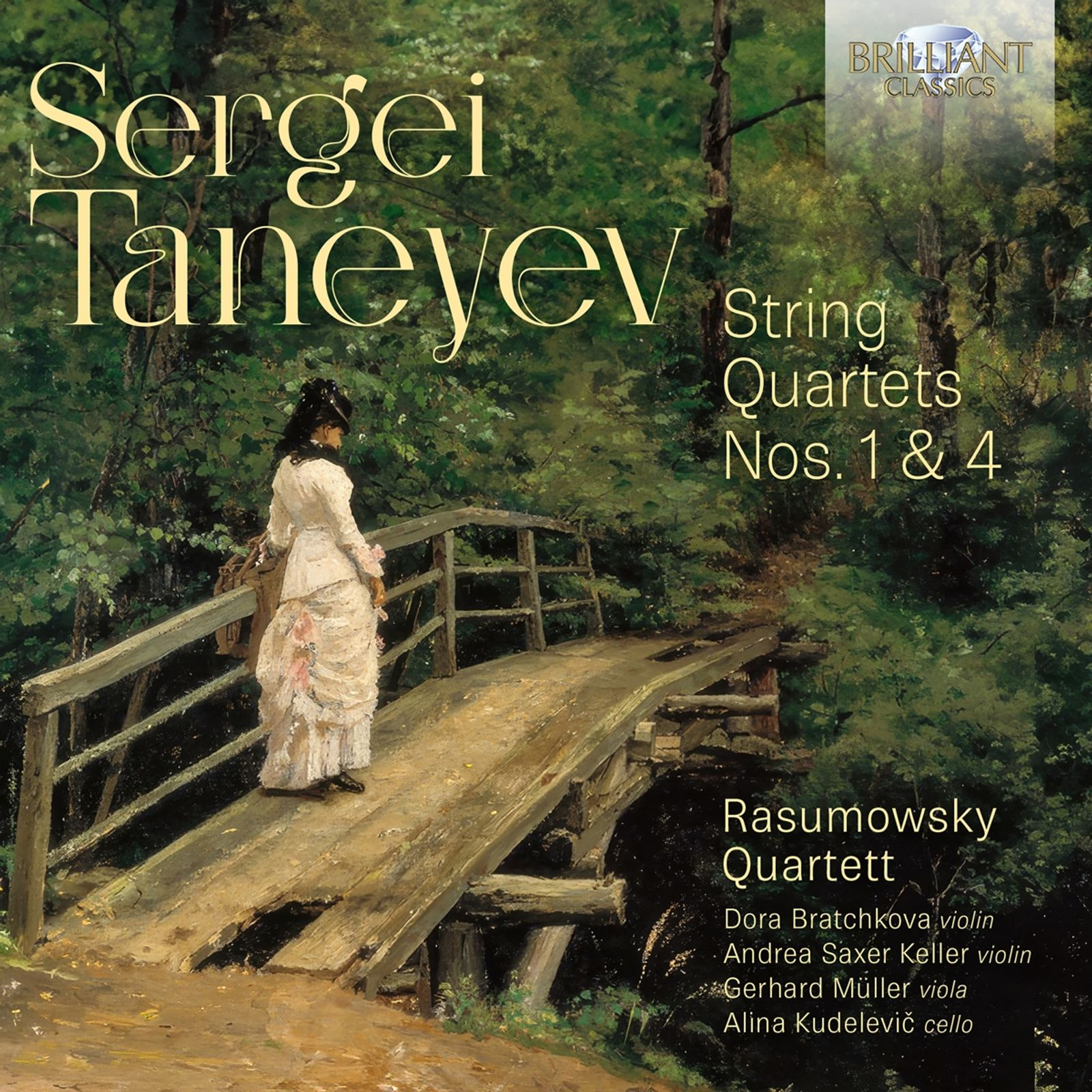Košík
Váš košík je momentálne prázdny.
Taneyev: String Quartets Nos. 1 & 4
12,00 €
Formát:
CD
Dostupnosť:
na sklade / dostupné okamžite
Katalógové číslo:
97494
EAN kód:
5028421974941
Autori:
Sergei Taneyev
Interpreti:
Rasumowsky Quartett
Vydavateľ:
BRILLIANT CLASSICS
Zoznam skladieb
Taneyev: String Quartets Nos. 1 & 4Rasumowsky Quartett:
Dora Bratchkov, Andrea Saxer Kelle, Gerhard Mülle, Alina Kudelevič
Popis
One of the most important figures in Russian music of the late 19th century was Sergei Taneyev, born on November 13, 1856 in Vladimir, a city 200 km east of Moscow. He entered the Moscow Conservatory in 1866, shortly after its foundation, at the age of nine. Just two years later, Nikolai Rubinstein accepted him into his class and trained him to become a first-class pianist and musician.
Taneyev also attended the harmony class of P. I. Tchaikovsky, with whom he had a lifelong friendship. Later in life, he in turn became one of the most influential teachers of his time. His numerous pupils included such diverse personalities as Rachmaninov, Scriabin and Glière.
Taneyev was not a prolific writer. He was a seeker who listened to himself and proceeded very cautiously. He rejected everything conventional, superficial and cheap. Just how self-critical he was is shown by the fact that only 36 works from his extensive oeuvre, which includes symphonies, an opera, many vocal works and chamber music, were given an opus number.
These include six string quartets, two string trios and two string quintets. In the summer of 1889, he began composing his First String Quartet Op. 4, a work dedicated to Tchaikovsky, who received it enthusiastically. It was played frequently in Moscow and St. Petersburg in the 1890s and performed throughout Europe by the most famous string quartet of the time, the Bohemian String Quartet. Its five-movement structure is unusual.
The Fourth String Quartet Op. 11 in A minor was composed in 1898 / 99, after Taneyev had completed and successfully performed his Symphony in C minor. Initial reticence towards his music had turned into respectful admiration. His string quartets were praised for their high quality and performed regularly. The A minor quartet is unique in its unity.
Through contrapuntal work, he developed a thematic network of individual motifs that extends over the entire piece. Yet for all its intellectual rigor, musicality is not neglected.
Despite its technical sophistication, the Adagio in particular captivates with its deep emotions and provides fine proof of Taneyev's masterly ability to fuse construction and emotion.
Prihlásenie
Newsletter



